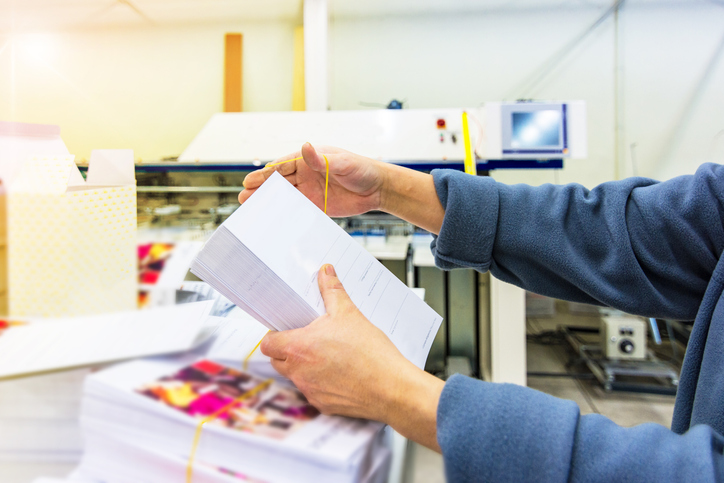Print is a tried and true marketing method that holds significant trust and influence among consumers.
With 82% of consumers placing their trust in print advertisements over other sources when making purchasing decisions, it's clear that print marketing remains a force to be reckoned with. Surprisingly, even the tech-savvy Millennial generation embraces print media - about 33% of them maintain active subscriptions to newspapers and magazines.
Having said that, while print marketing is undoubtedly a powerful tool, it still needs to be appropriately utilized to see the results that you're after. If you want to make the most of this print marketing opportunity for your small business, here are two strategies to consider.
Embracing Creative Shapes and Materials
The first thing you should do when designing print marketing collateral as a small business owner involves leveraging every opportunity to think outside the box and make an impression.
Case in point: the shape of your mailers.
Print marketing already has a leg up on other materials like digital because it is tangible, and people can hold it in their hands and pin it up on their refrigerator for later. But if you send out materials in standard shapes, you risk getting lost in the sea of every other piece of mail someone happened to get that day.
Even sending out larger, odd-sized envelopes or pieces in shapes that aren't perfect squares or rectangles is a great way to stand out and get noticed.
The same is true of experimenting with heavier card stock when printing. Sometimes, feeling different from everything else in someone's mailbox is all you need to make that first impression people can't get enough of.
The Power of Personalization in Print
Print marketing is a great way to get consumers' attention because you're using it! But you want to lean into targeted, personalized offers whenever possible to keep their attention.
One of the reasons digital marketing is seen as less effective than it could be is that it is inherently cold and impersonal. It's easy to whip up an email to send to people, but once they realize that the same generic message just went out to thousands of people, they will mostly tune it out. It's even easier to delete it and never look at it again.
To get started with a personalized campaign, separate your customers into groups based on what you know about them. Dive into the data being created about them daily and see what insights you can learn about them.
What do they like? What do they dislike? What purchases have they recently made, and how can you help them get the most out of them? Can you offer someone value without necessarily expecting something in return? Thinking about these questions and crafting your direct mail collateral based on their answers is a great chance to utilize print to make the most positive, lasting impression possible.
If you're eager to learn more about utilizing the full power of print marketing for your small business, or if you'd like to discuss your needs with someone in more detail, please don't hesitate to contact us today.

Comments
Post a Comment